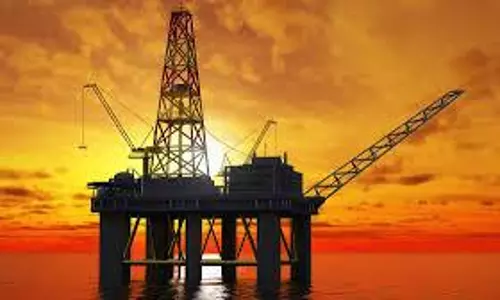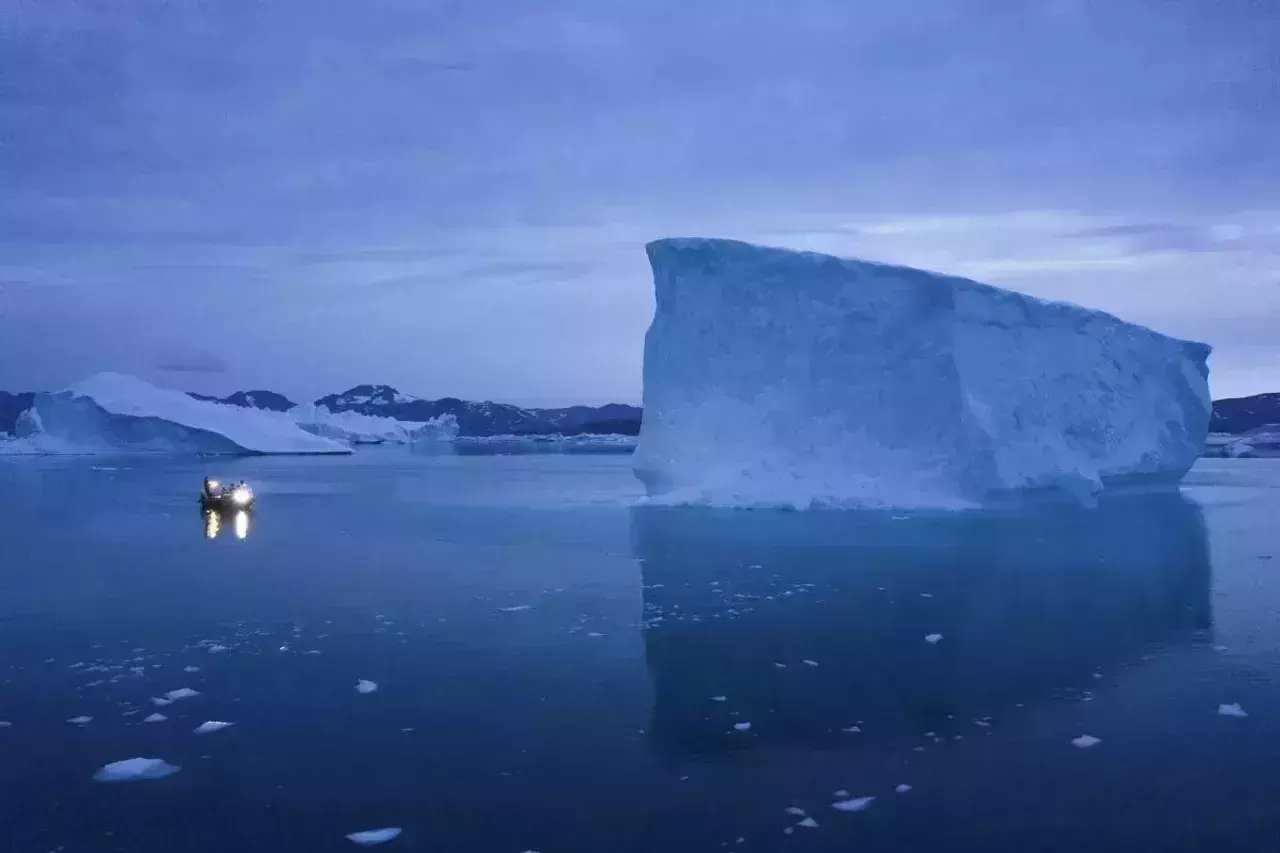
Major glacier in Greenland is melting faster than anticipated: study
text_fieldsClimate scientists have found that a major glacier - Petermann glacier - in northwest Greenland is melting away faster than previously anticipated.
It is shifting substantially during tidal cycles which is allowing warm seawater to intrude the glacier and further melt ice at an accelerated rate. When Greenland is interacting with the ocean tides, the ice from the glacier detaches from the land bed and begins floating in the ocean.
Data collected by satellite radar of three European missions indicate that experts could have been vastly underestimating the magnitude of future sea level rise caused by polar ice deterioration.
New findings suggest that Petermann Glacier's grounding line retreated nearly 4 kilometres between 2016 and 2022. Warm ocean water has carved a 200-metre-tall cavity in the underside of the glacier.
Lead author of the study Enrico Ciraci said that Petermann's grounding line could be more accurately described as a grounding zone because it migrates between 2 and 6 kilometres as tides come in and out. The grounding line of a glacier is where the ice detaches from the land bed and begins floating in the ocean. "This is an order of magnitude larger than expected for grounding lines on a rigid bed," he added.
Researchers think that the new study has changed the way they thought about grounding lines. According to earlier understanding, warm ocean water intruded beneath the glacier's ice through pre-existing subglacial channels. The highest melt rates were believed to be at the grounding zone. The traditional view also stated that grounding lines did not migrate during tidal cycles. They also did not experience ice melt.
Co-author Eric Rignot said that the ice-ocean interactions are making the glaciers more sensitive to the warming of the ocean. Existing climate models do not have these dynamics included in them. Once they are included, the sea level rise projections will go up by up to 200%.
This is applicable to all glaciers ending in the ocean which includes most of northern Greenland and all of Antarctica.























